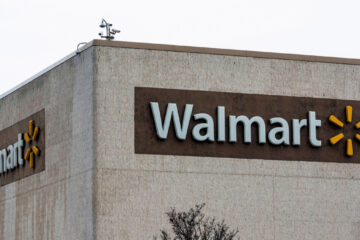While overall inflation pressures are easing modestly, the impact of the fastest inflation in four decades is taking its toll on spending, BEA data indicated Thursday.
The Federal Reserve’s preferred measure of U.S. inflation eased for a second month in May, data indicated Thursday, but consumer prices pressures continue to holding back spending in the world’s biggest economy.
The May core PCE Price Index rose 4.7% from last year, easing from the highest levels since 1983, and 0.3% on the month, the Bureau of Economic Analysis reported, a figure that modestly lower than Wall Street forecasts and continues to indicate signs of easing consumer price pressures in the world’s biggest economy. The April increase estimate was confirmed at 0.3%.
The headline PCE index was up 0.4% on the month and 6.3% on the year, essentially matching the highest levels since 1980. Personal income rose by a more-than-expected pace of 0.5%, while personal spending rose by just 0.2%, the BEA noted, well shy of the Street consensus forecast of a 0.4% advance.
Wall Street futures pared some of their earlier declines following the data release, with contracts tied to the Dow Jones Industrial Average indicating a 303 point opening bell decline and those linked to the S&P 500, which is down 19.88% for the year, priced for a 43 point retreat.
Benchmark 10-year U.S. Treasury bond yields edged lower, to 3.02% while the US dollar index, which tracks the greenback against a basket of six global currencies, was marked 0.3% higher, and near the highest in 20 years, at 105.392.
The CME Group’s FedWatch tool is showing an 82% chance of a 75 basis point rate hike in July, as well as a 69.2% chance of follow-on move of 50 basis points in September.
The Atlanta Federal Reserve’s GDPNow forecasting tool, a real-time benchmark, suggests U.S. economic growth is growing at a modest 0.3% clip, while the Commerce Department’s final estimate of first quarter growth showed a contraction of 1.5%, the first in two years.
The Bureau of Labor Statistics said earlier this month that its headline consumer price index for May rose 8.6% from last year — the fastest since 1983 — up from the 8.3% pace recorded in April and well ahead of the Street consensus forecast,
So-called core inflation, which strips-out volatile components such as food and energy prices, rose 0.6% on the month, and 6% on the year, the report noted, with the both the annual and monthly reading coming in ahead of the Street consensus forecast and near the highest levels since 1983.


